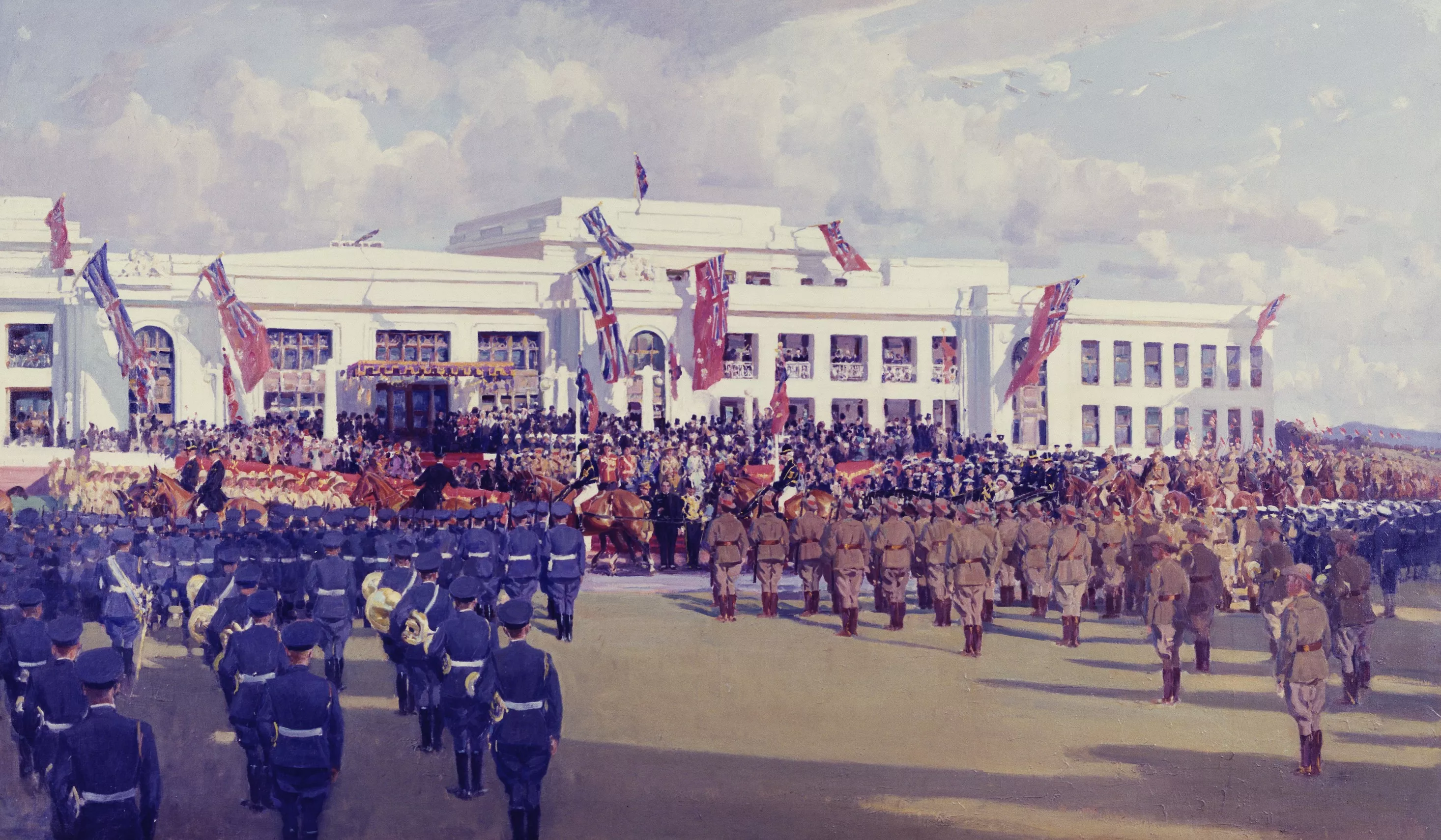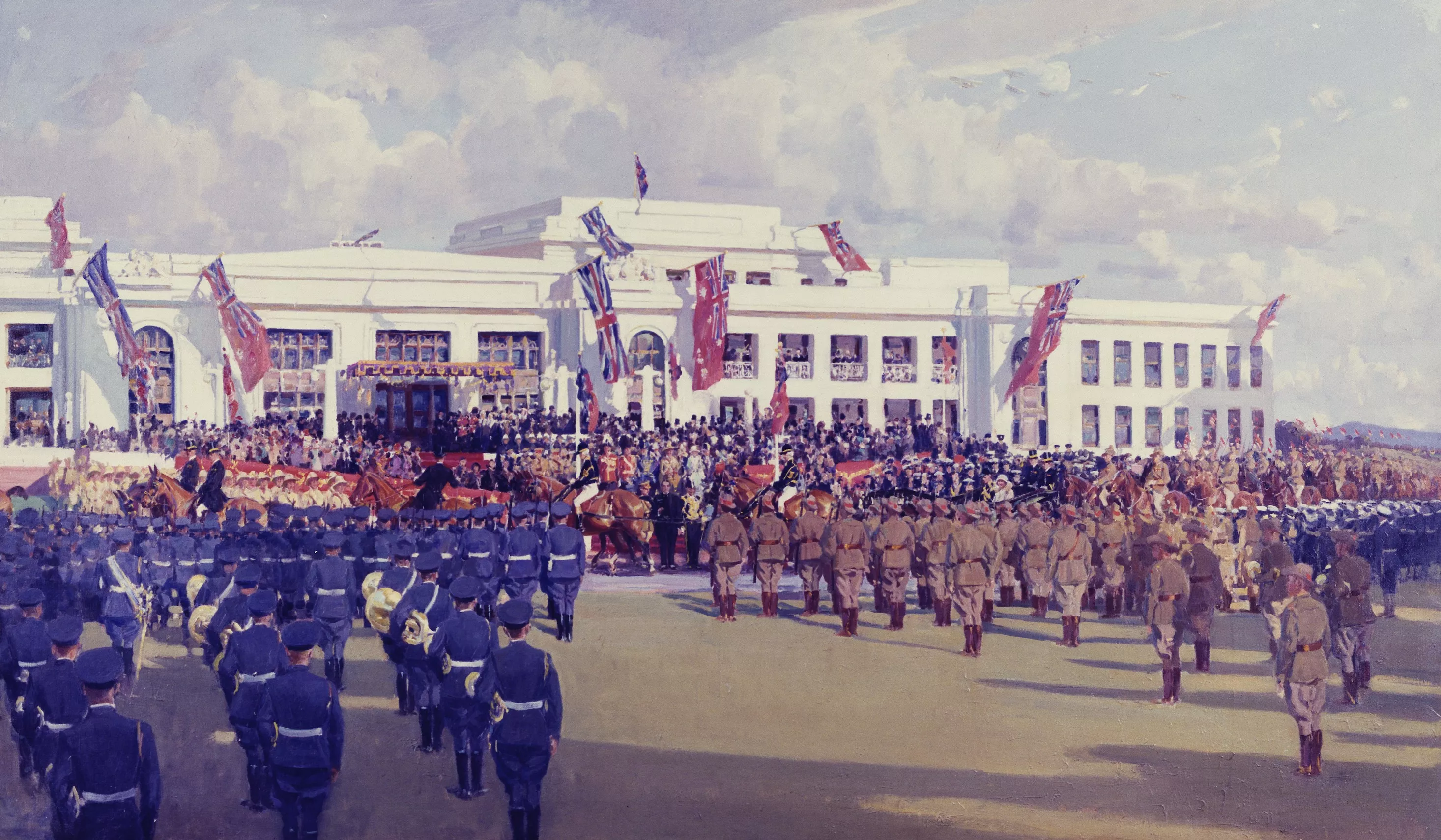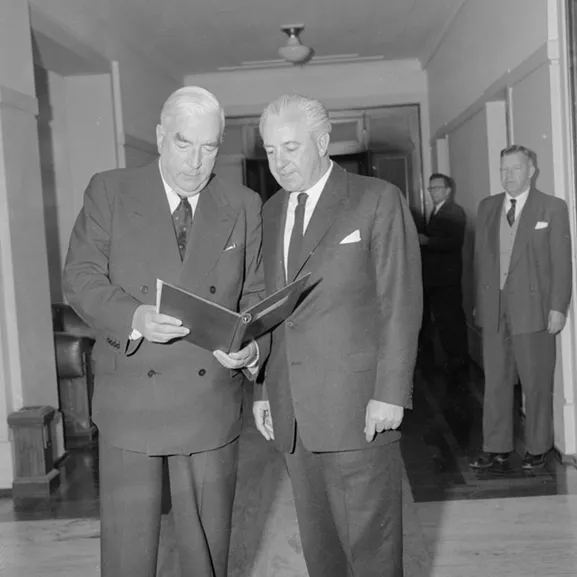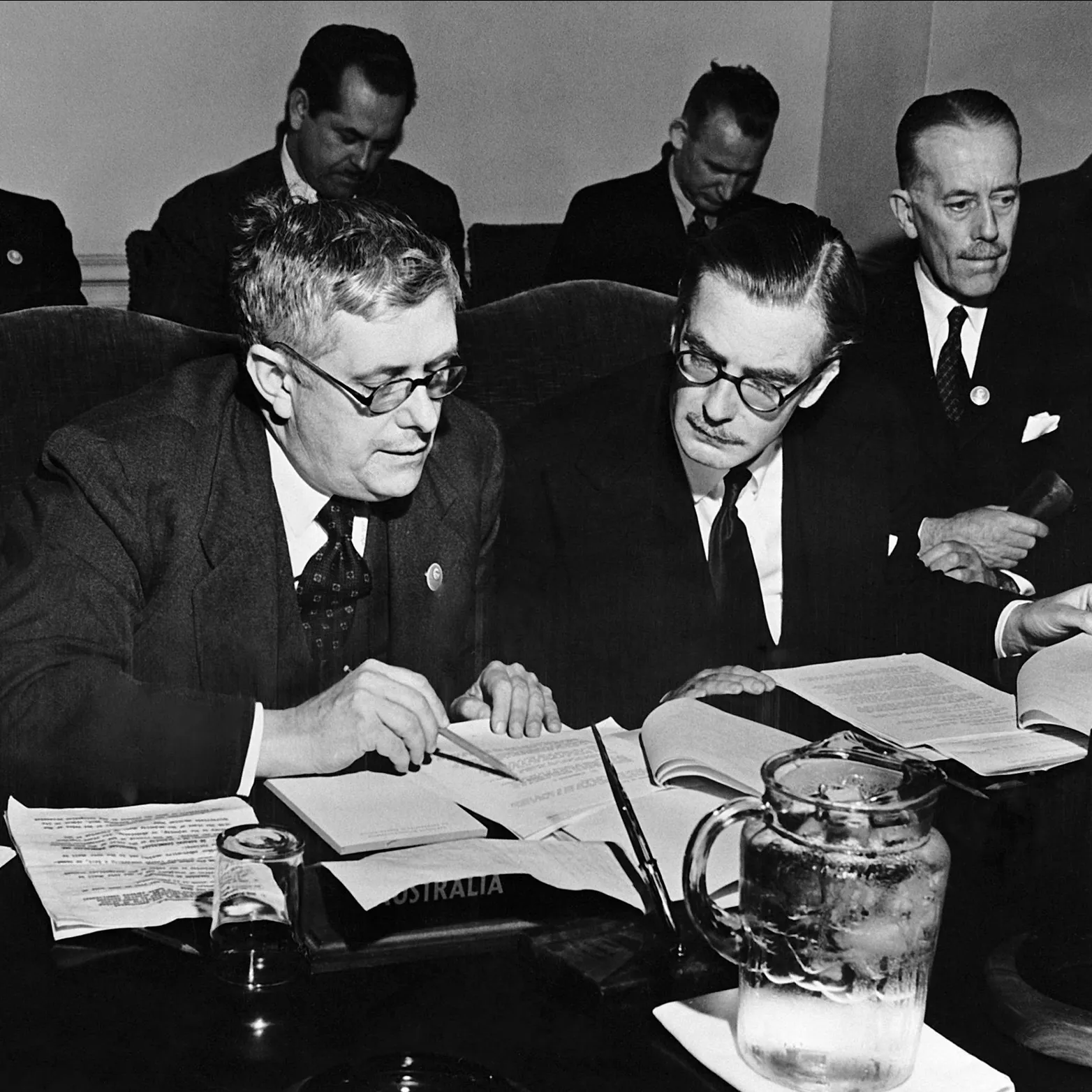Red, white and blue: the Australian flag
- DateSun, 03 Sep 2017
Australian National Flag Day is observed on 3 September.
The Australian flag has been the subject of considerable debate over time, with some people believing it is inappropriate that it bears the Union Jack in the modern era, while others believe it represents the country’s national heritage.
The national flag was first flown on 3 September 1901 over the Royal Exhibition Building in Melbourne. The flag was the winner of a nationwide design competition, with five entries that were almost identical. The prize was split between the five people who submitted the design; teenagers Leslie Hawkins and Ivor Evans, artist Annie Dorrington, sailor William Stevens and architect Egbert Nuttall. The new flag was similar to the various state flags, and was a logical fit for the new Commonwealth.
Not everyone liked the design. It was very close to the design of Victoria’s flag, which didn’t sit well with the other five states. More republican-minded publications and individuals thought the Union Jack was inappropriate,
Despite having been flown since 1901, the flag only became official with the Flags Act 1953. For the previous five decades, it was often used interchangeably with the red naval ensign or the Union Flag of Britain. With the Act, the blue version became the Australian national flag, and the red version used only for maritime use. Before 1953, it was technically illegal for non-Commonwealth agencies and individuals to even fly the blue ensign on land! This is why, in paintings of the opening of Old Parliament House in 1927, you can see red flags being flown instead of blue ones. As the blue flag took off in popularity, successive governments relaxed the restrictions, to the point that by the Second World War it was by default the Australian national flag.
The flag flown in 1901 had a Federation Star (below the Union Jack) of only six points. These represented the six states. However, in 1909, a seventh point was added to represent Australian territories. Since then, the flag has remained unchanged, although colours and dimensions can vary slightly. The Flags Act very clearly specifies the required dimensions of an official flag.
Changing the flag?
The debate about changing the flag is almost as old as the Australian nation. The key arguments for change are usually based on national identity, with the view that retaining the Union Jack diminishes the independence and character of an independent Australia. The counterargument put by advocates of the status quo is that Australia’s British history is part of its national identity. No alternative flag has found any consensus, and polls consistently show support for retaining the flag as it is. Despite this, other countries with the Union Jack on their flags have changed them in the past, so a change is certainly possible. Most recently, New Zealanders voted on, and rejected, a change to the national flag in 2015. No national vote is technically necessary to change the flag in Australia, but an amendment to the Flags Act in 1996 means a national vote must be held to enact any official change.
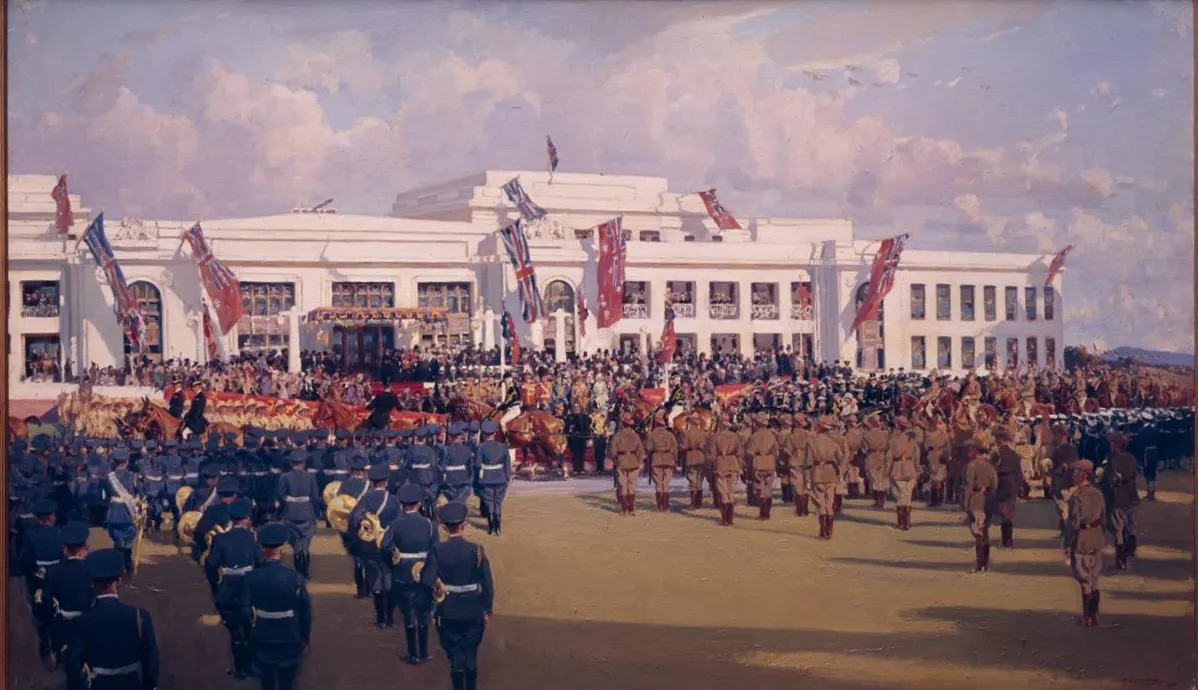
In Septimus Power’s painting of the opening of the Parliament House in 1927, the Australian red ensign is seen alongside the Union Flag. At the time, the red ensign was the preferred version for use on land and was flown regularly by civilians to mark important occasions. Courtesy of the Parliament House Art Collection, Department of Parliamentary Services, Canberra ACT
